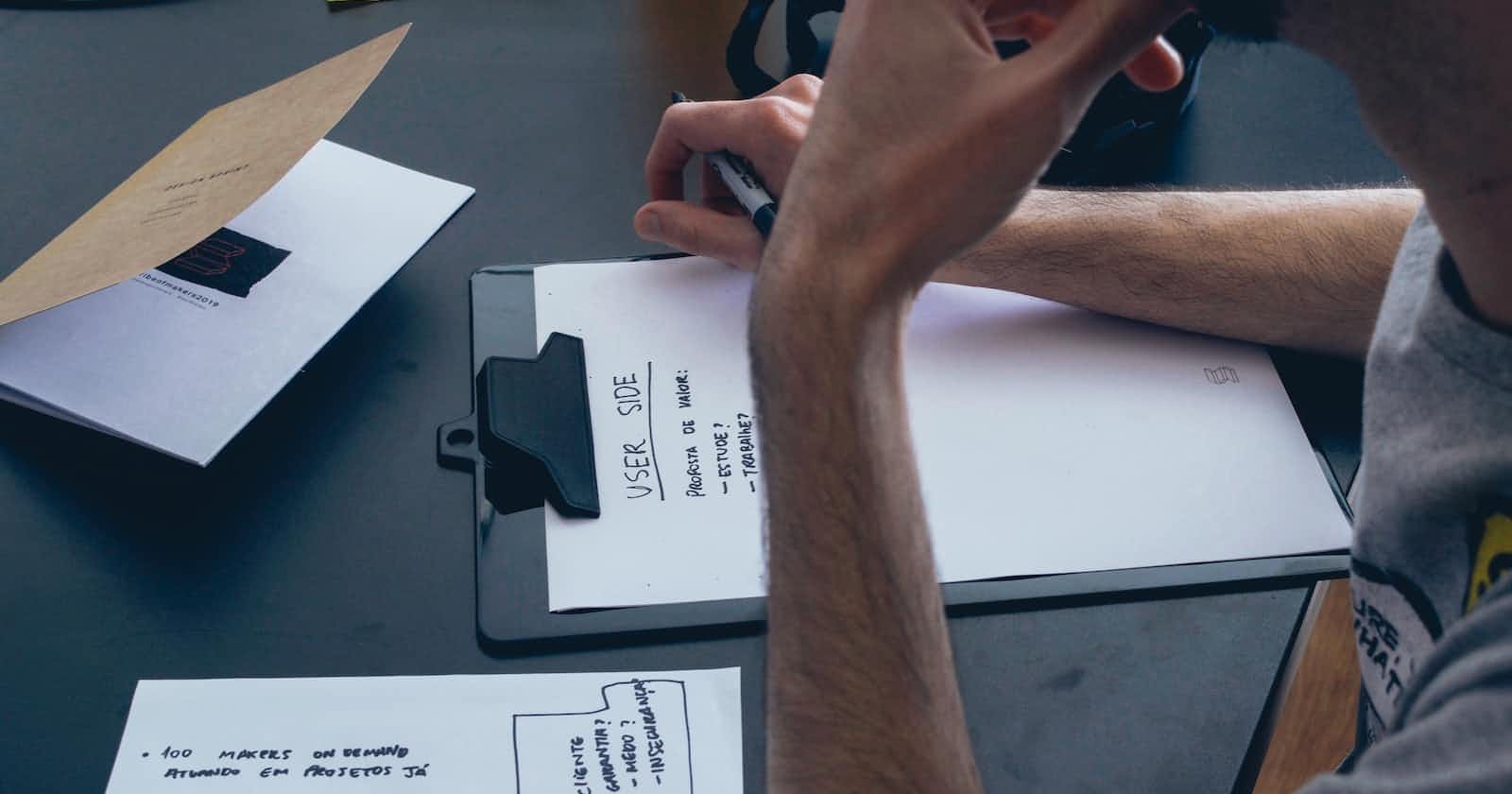As designers, especially those just starting out we tend to pay more attention to designing UIs, mockups, and design components and care less about writing design case studies (also known as UX case studies) which is also an important part of a design as it helps to pass across to a large audience (product managers, design team members, new design members) your design process and deep insights on a project. In this article, we will learn about design case studies, why it's important to write design case studies, and how to go about writing one.
What Is A Design Case Study And Why Should I Write One?
A design case study is a summarized presentation of a design project that typically gives all the required information about the project and the process followed; It shows the involvement of a designer in a project.
The sole aim of writing a design case study is to tell a story of the design, by showing the problem solved in text and images. Even if your UX research is properly done and with the feedback you got, you were able to design a UI that is easy to use, it is still important to write a design case study to document what you did during the course of designing this product, why you made certain choices and the challenges you faced when doing all of these; all these will be important to a new designer trying to work on the product, to update or improve it and also it gives context to certain things in your design process and make it easier to understand.
Now that we have an understanding of what a design case study is and why it is important to write one, in the next section, we will discuss when to write a design case study in a product life cycle.
When To Write A Design Case Study
A design case study is written at the end of a product's design journey when all pieces of information have been gathered, all iterative activities regarding the designs are done and the final design is ready. It is believed that at the end of the product's design journey the designer should have gained concrete and in-depth knowledge about the product and how it solves the problems of the users. With all this information at hand, the designer is now ready to document the whole design process in form of a case study.
What Should Be Contained In A Design Case Study
A design case study should contain the following details:
- Projects name and duration.
- Your role in the product design process and that of your team members (if any).
- The project aim and objectives.
- UX research done and insights obtained from them.
- The intended audience; who is the product really for?
- The process you (and your team) followed during the design process.
- Sketches and wireframes that show the answers to the problem being solved or handled.
- User testing insights and results.
- Final design result/outcome of the project.
- Conclusion, lesson learned, and way forward.
How To Write A Design Case Study
- Start by identifying your aim and objectives.
- Review what's already known about the problem you want to solve.
- Collect the necessary and required data needed to draft your case study
- Drafting your case study
- State a clear headline.
- Share background information about your customer(who owns the product) and/or the product.
- Explain the problem the product is solving.
- State feedback gotten from your UX research and the type of research carried out.
- State the solutions arrived at and how they are implemented (images can be used to better explain this).
- Discuss your reason for certain unique decisions during the product design process.
- In a detailed format, explain and show the end product (a pictorial representation of the end product is required for more clarity).
- End with a conclusion including supporting visuals and texts.
Summary
A design case study is a document required to be understood and done by every designer as it is a way to show your thought process when you designed a product. Always remember that a good case study should not only tell a story but should include a visual representation of each step and stage of the process and should easily pass across intended information from the designer to the reader (other team members or another designer).
Resources For More Learning
All About Process: Dissecting Case Study Portfolios
How to Write Design Case Study
Writing A Successful Design Case Study For Your Design Project


